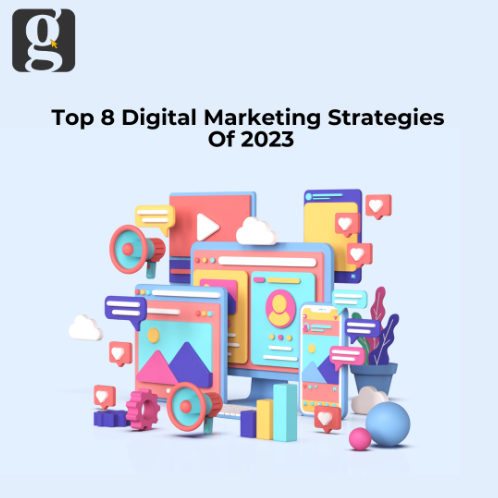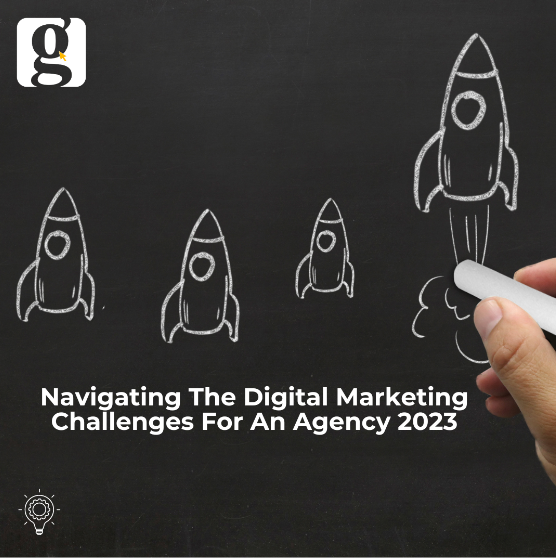Incorporating these top digital marketing strategies into your business's approach can provide a competitive edge in 2023's ever-evolving digital land ...
How Can a Digital Marketing Agency Grow Your Business
A advertising and marketing agency in pune like "Get Social," can significantly contribute to the growth of your business by leveraging its expertise ...
Riding The Crest Of The Latest Search Engine Trends
Digital marketing for small business expanse, and search engine trends have transformed into more than just information retrieval tools; they are gate ...
What Are The New Ways Of Digital Marketing?
Digital marketing refers to the dynamic and multifaceted practice of promoting products, services, or brands through various online channels and platf ...
Unlocking the Potential of Social Media Marketing
In the ever-evolving landscape of Digital marketing for small companies, social media marketing stands out as a dynamic and interactive strategy that ...
How Technical SEO Empowers Your Website’s Performance
In the intricate realm of search engine optimization (SEO), technical SEO emerges as the backbone that supports a website's visibility and accessibili ...
8 Latest Web Design Ideas in 2023
Web design is a dynamic field, constantly evolving to adapt to changing user preferences, technological advancements, and design trends. Heading into ...
Effective Pay-Per-Click Marketing Strategies to Supercharge Your ROI by 100%
Providing businesses with precise and controlled access to their intended audience, Pay-Per-Click (PPC) advertising is an integral aspect of digital m ...
Unlocking the Power of Visual Branding
Visual branding refers to the strategic use of visual elements to establish a distinctive and cohesive identity for a brand. It involves the careful s ...
Navigating The Digital Marketing Challenges For An Agency in 2023
Navigating the ever-evolving landscape of digital marketing presents both opportunities and challenges for agencies in 2023. As consumer behavior cont ...










